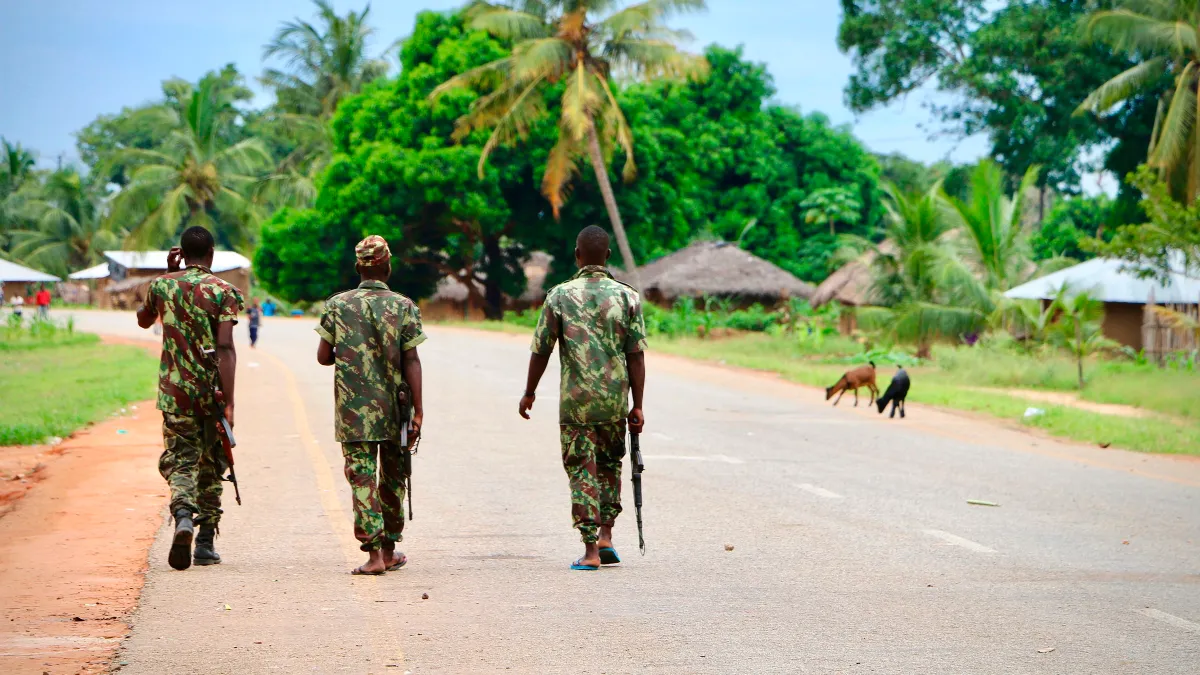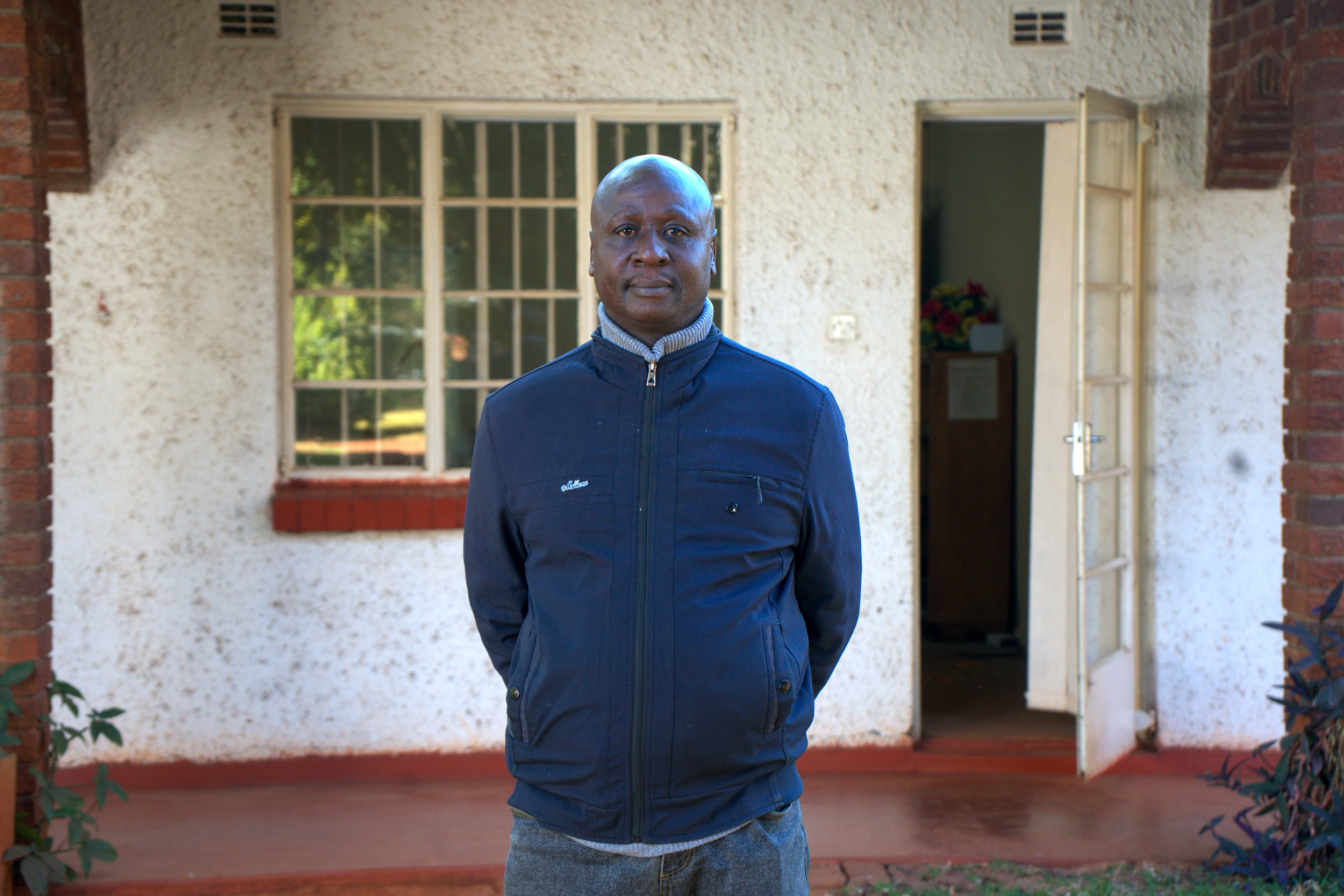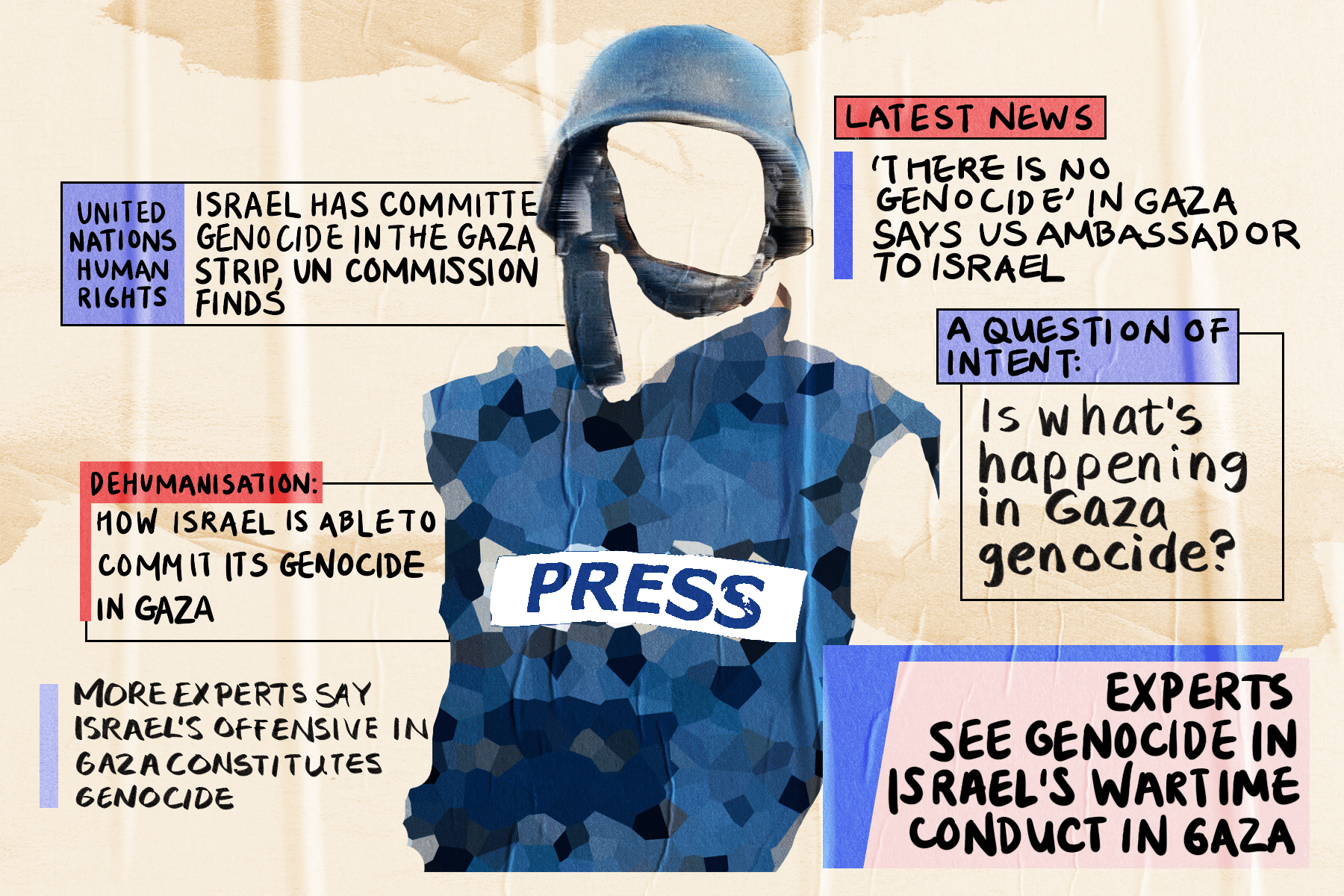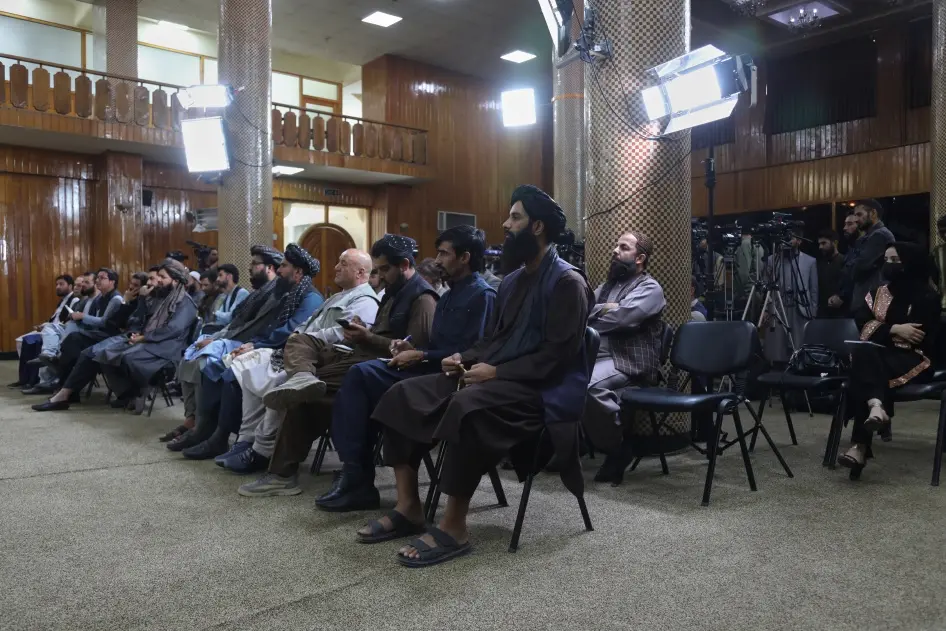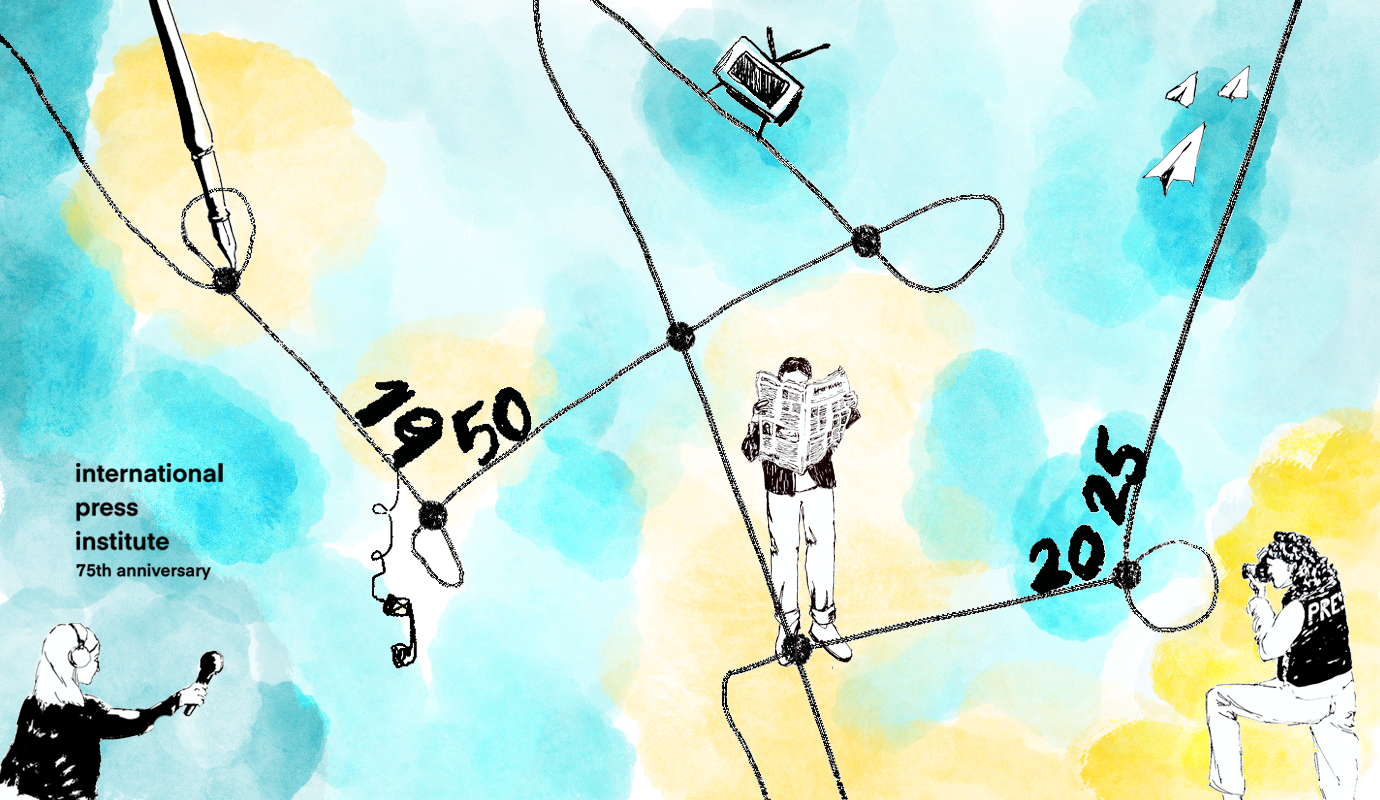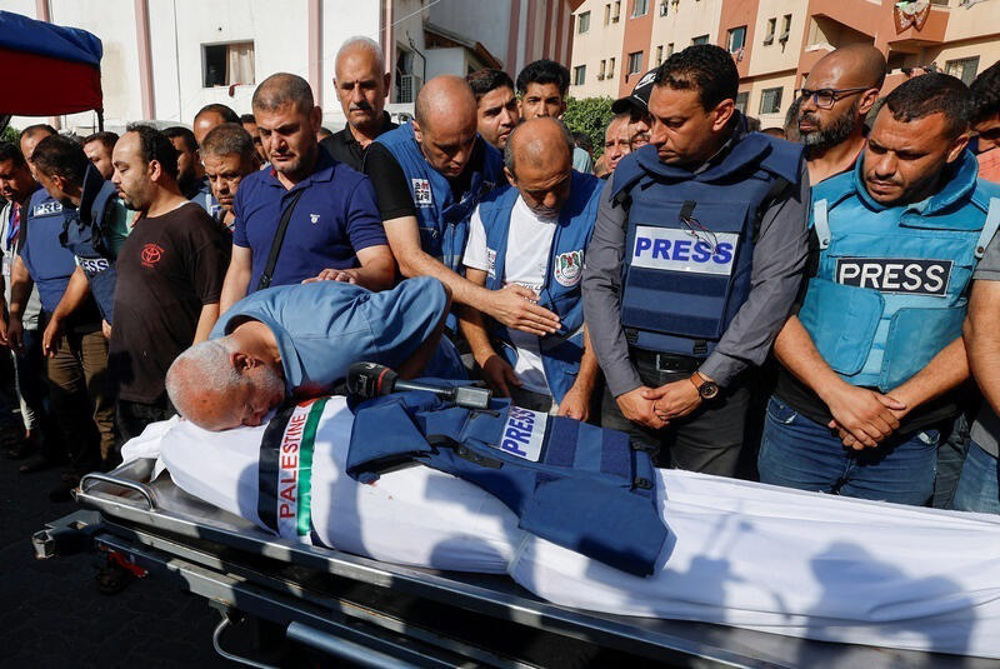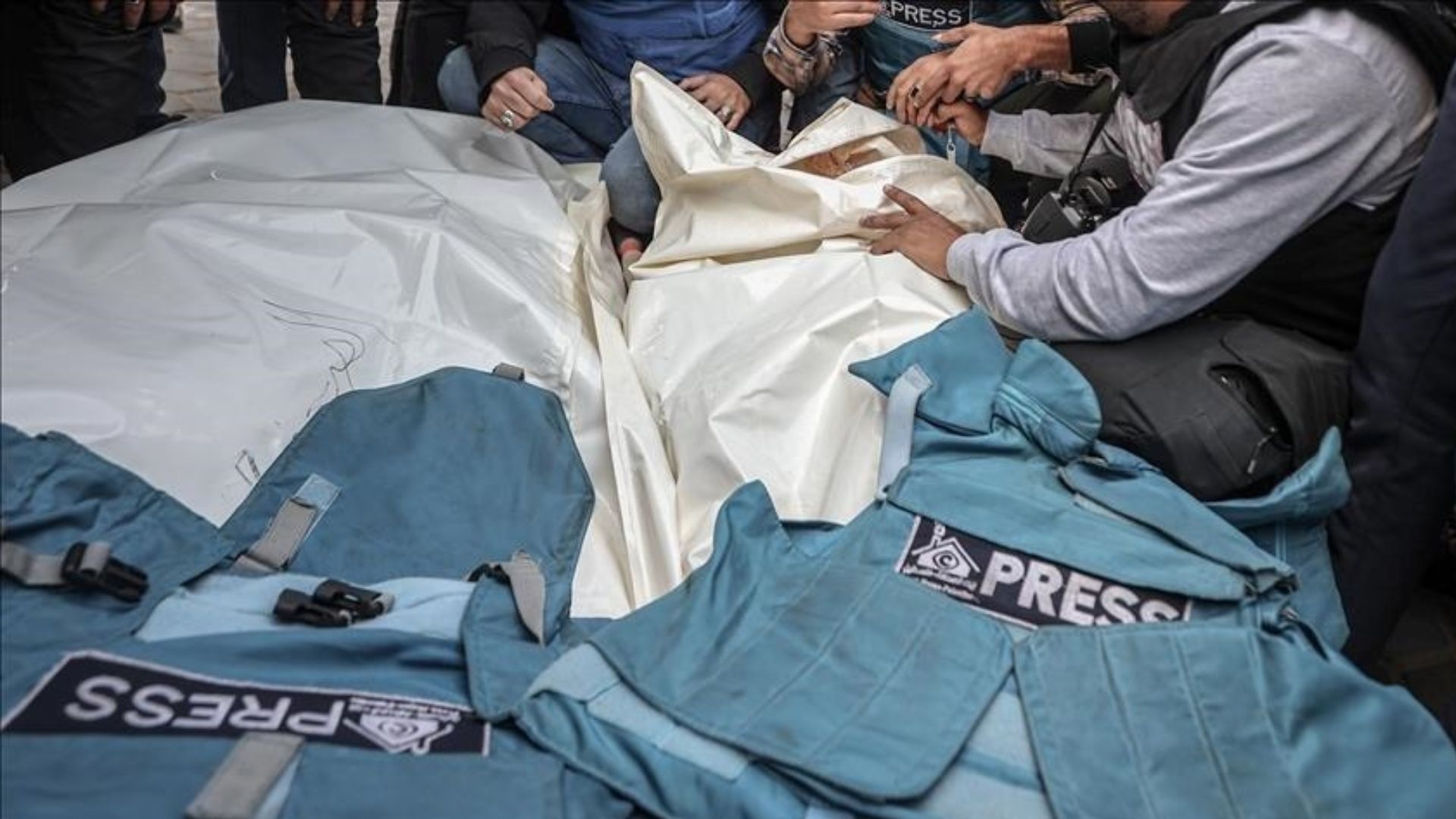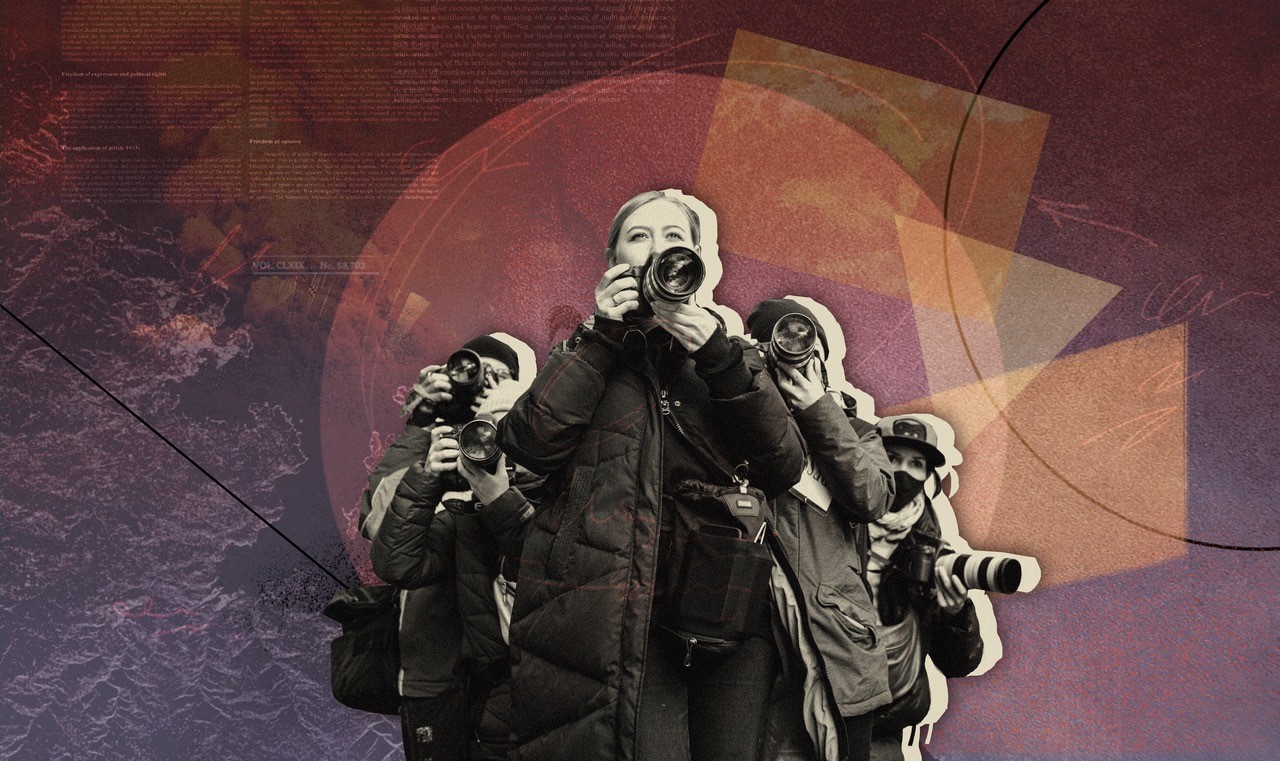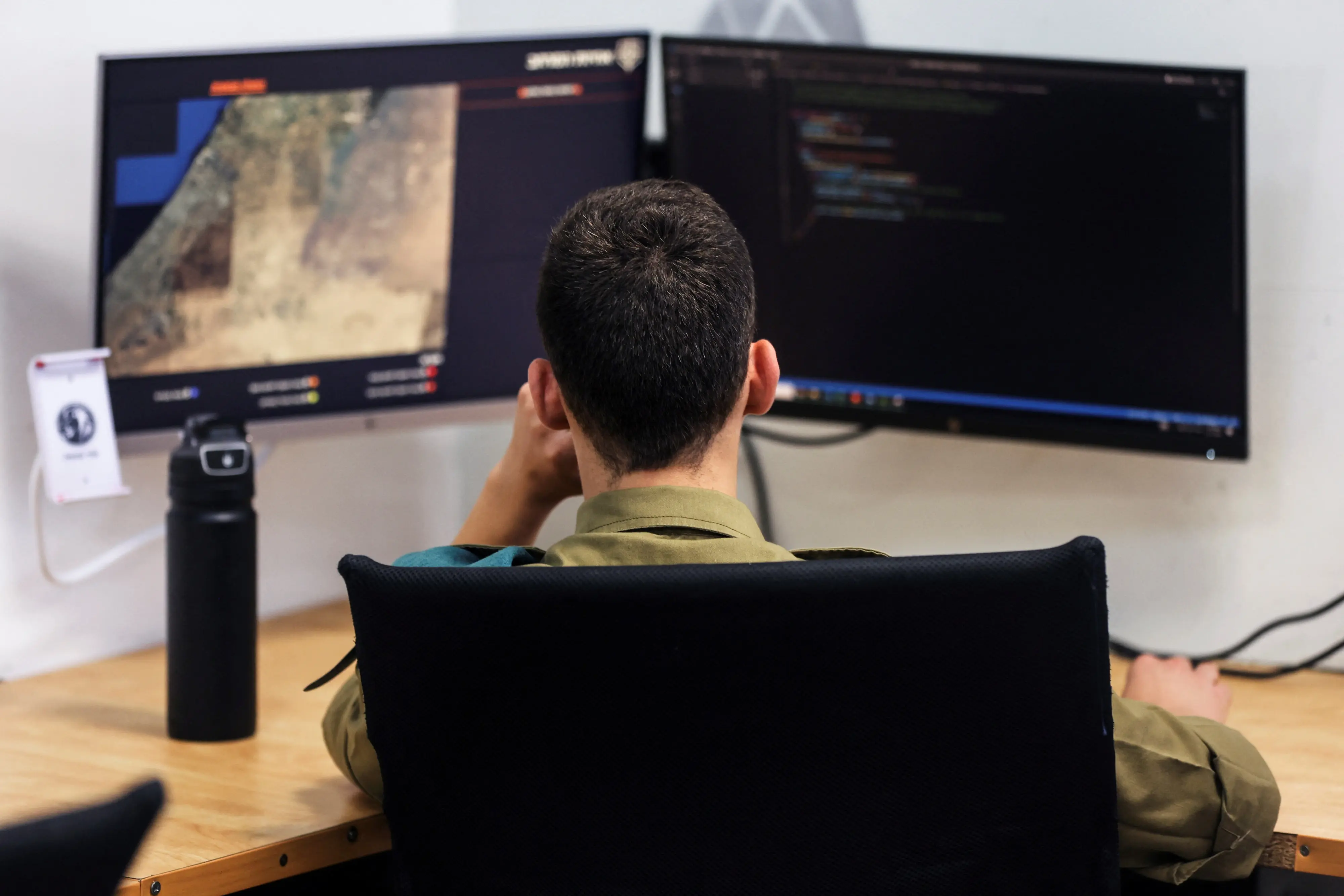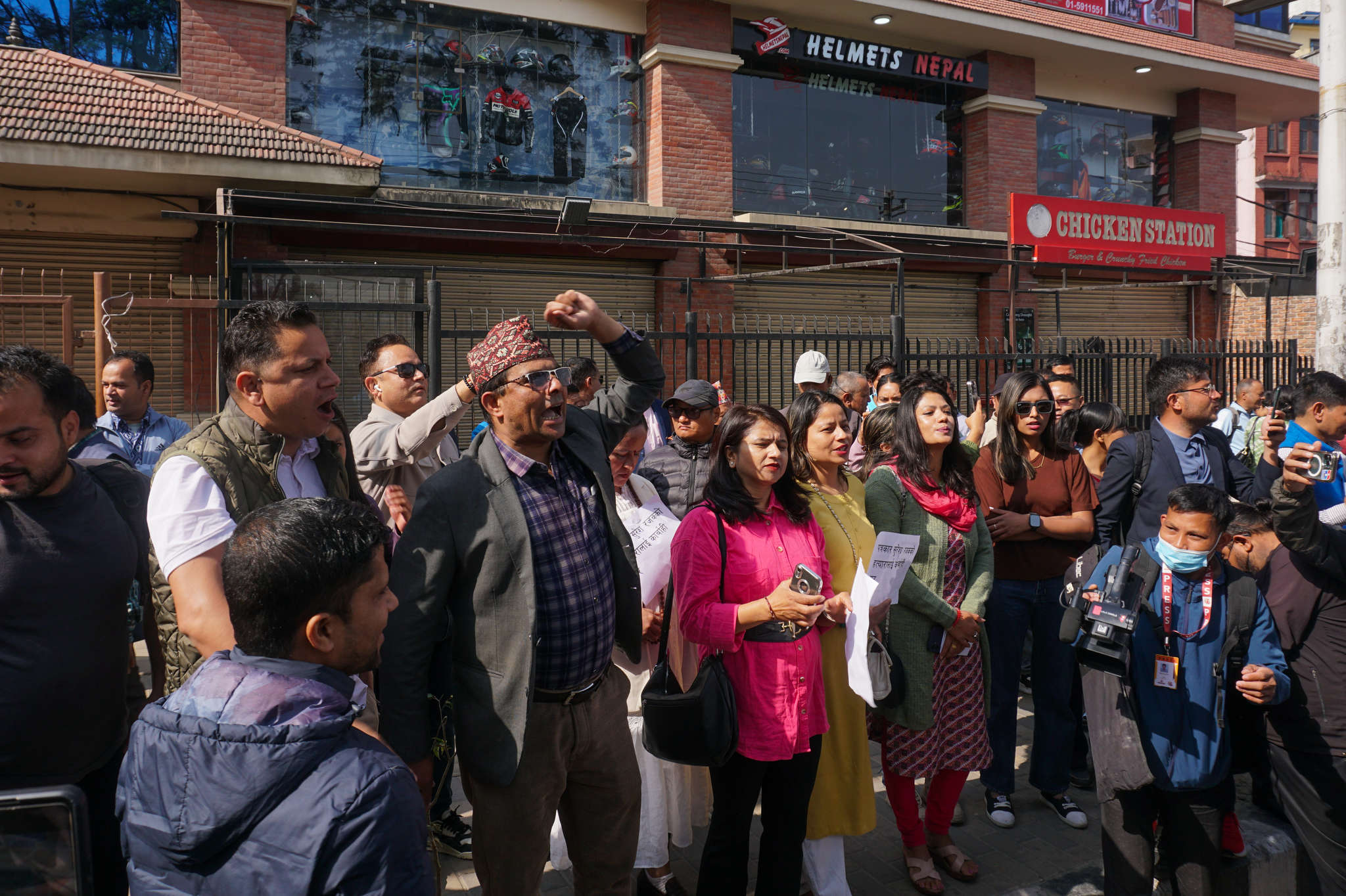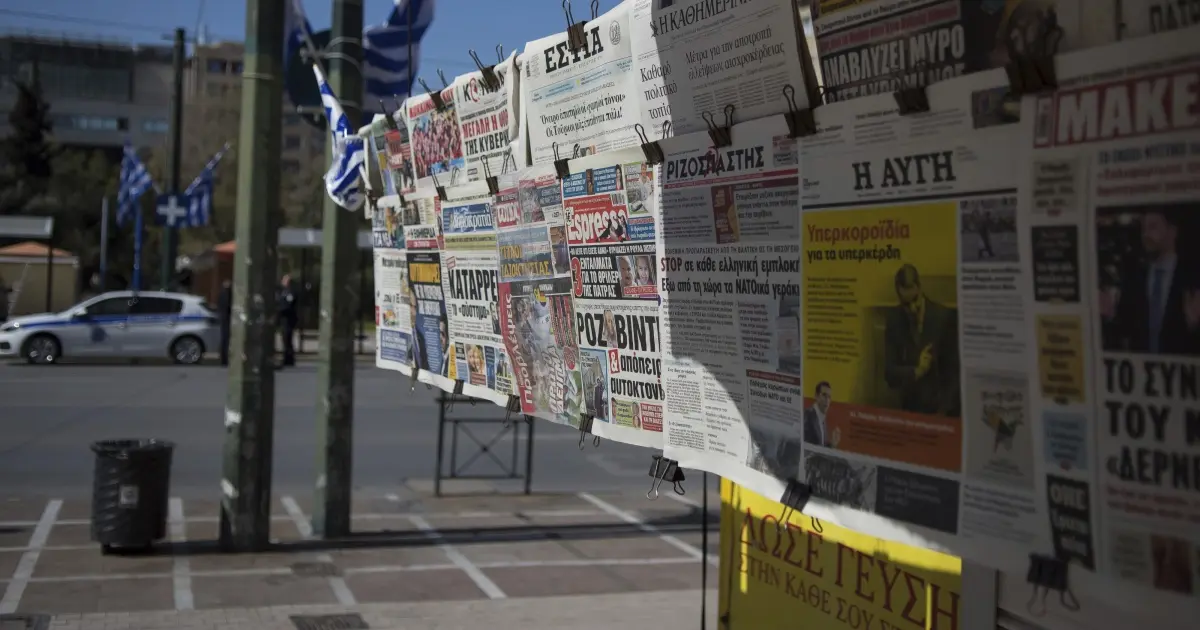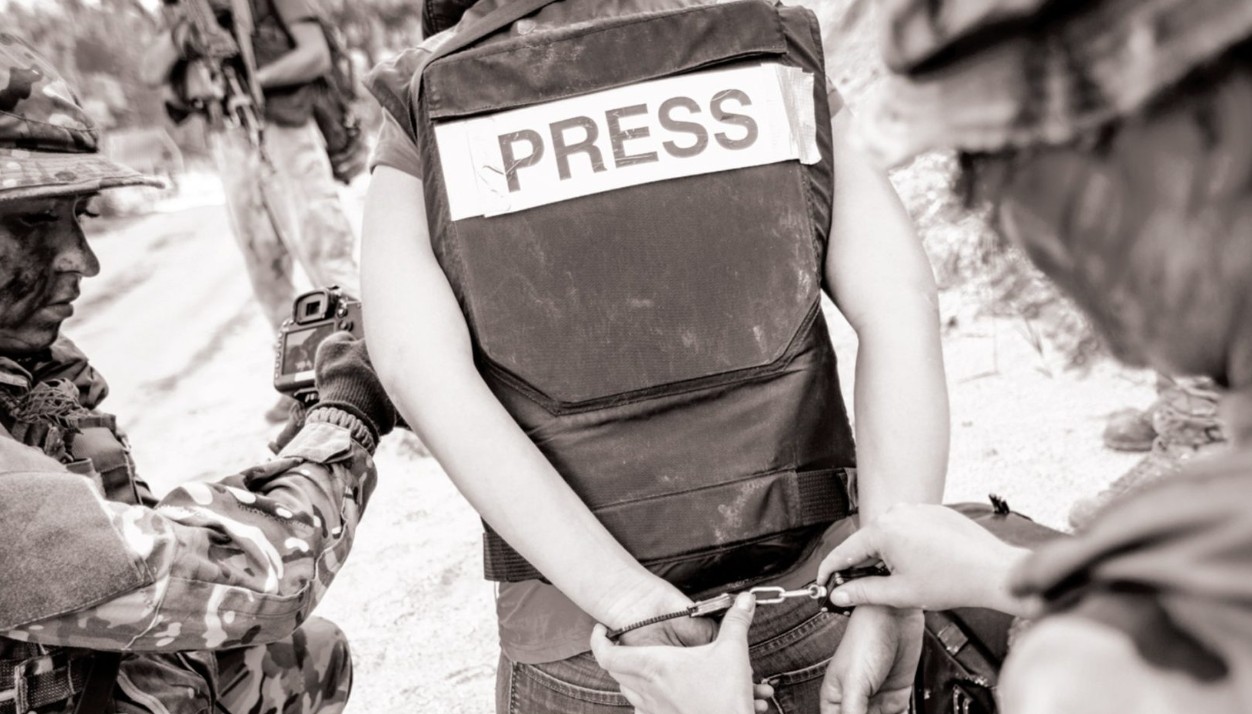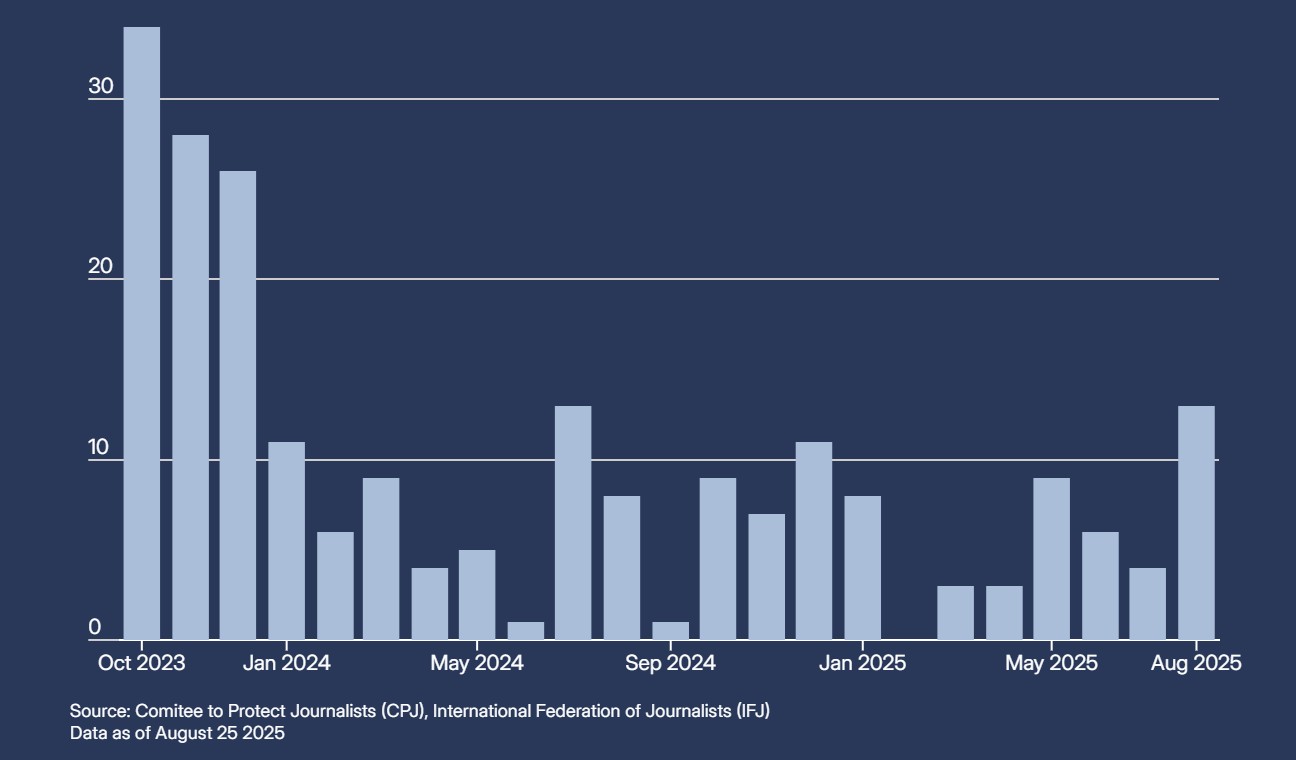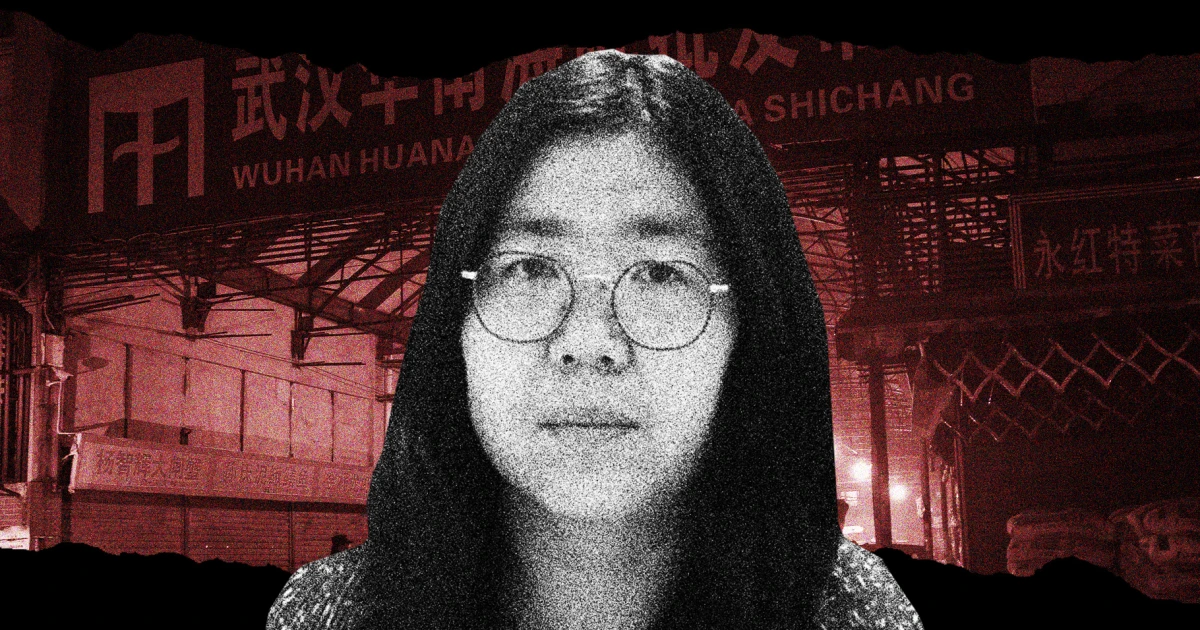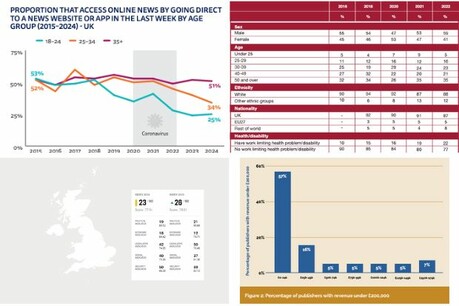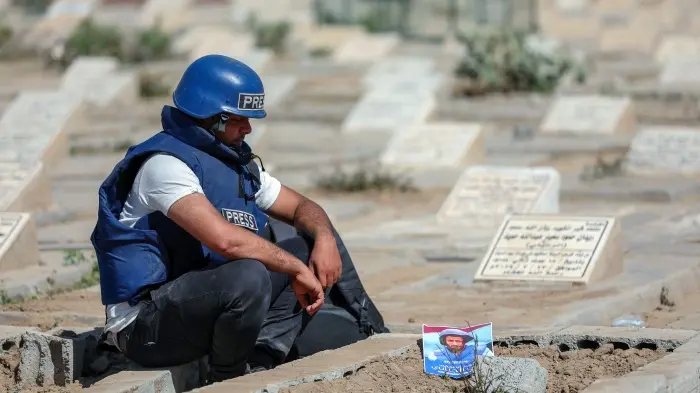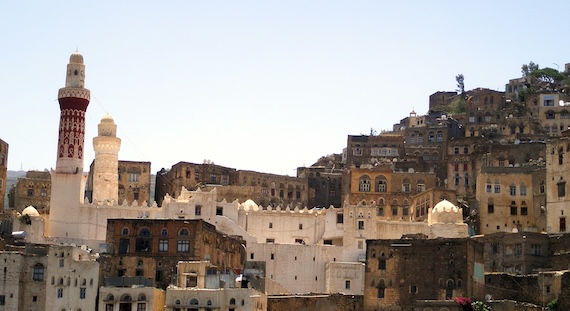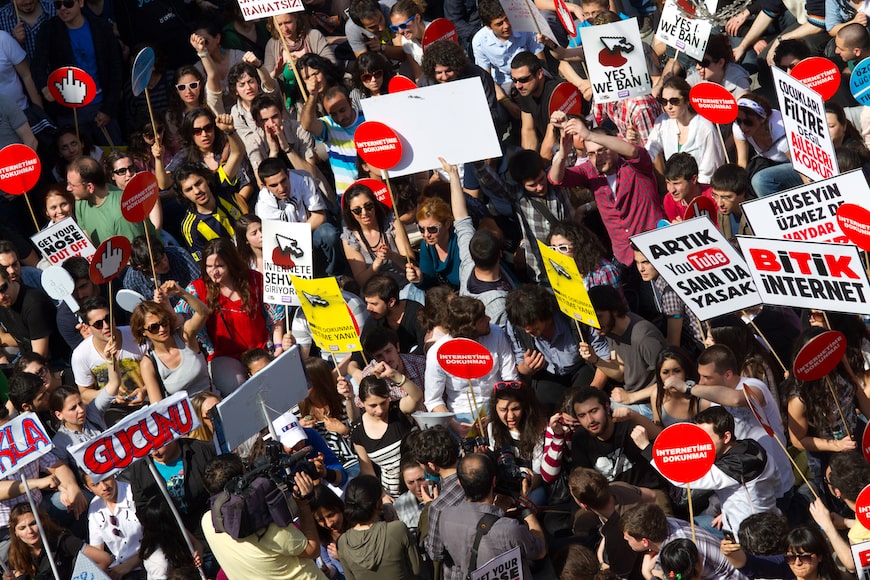This report examines how a group of community journalists in the northern Mozambican province of Cabo Delgado managed to escape after militants overran their radio station — offering insights into the risks media are enduring under insurgency, and the implications for press freedom and public information flow in conflict zones. The situation illuminates broader systemic challenges tied to the Islamist insurgency that has repeatedly targeted journalists and attempted to criminalize independent reporting. On 31 October 2020, jihadist militants attacked the facilities of St. Francis of Assisi community radio, located in Muambala village of the Muidumbe...
Research
A new report released on 24 November 2025 by the National Union of Somali Journalists (NUSOJ), in partnership with the International Federation of Journalists (IFJ), reveals a dramatic surge in violence — both online and offline — against women working in Somali media between 2023 and 2025. The findings document 79 confirmed instances of sexual and gender-based violence targeting women journalists across the country. The abuses documented in the report are pervasive and multifaceted. Many cases involve sexual harassment in newsrooms and media workplaces, ranging from unwanted physical contact to coercive demands for sexual favors...
China has extended its repression of environmental journalism beyond its borders, targeting reporters covering Chinese-funded infrastructure projects in Africa and elsewhere. Drawing on investigative work from both the Society of Environmental Journalists (SEJ) and Inside Climate News (ICN), the post details the mechanisms of intimidation, the risks faced by reporters, and the broader implications for press freedom and environmental transparency. Scope and Methods of SuppressionInside Climate News reports that journalists exposing environmental degradation linked to Chinese overseas build-out under the Belt and Road Initiative (BRI) have faced surveillance, threats, and criminalisation. The SEJ piece likewise...
Mainstream reporting on Gaza continues to draw scrutiny as scholars, media-freedom advocates, and journalists themselves question why coverage fails to convey the full scale of the humanitarian catastrophe. The article from Clarion India forms part of a broader research conversation on structural media bias, examining how political pressures, editorial norms, and restricted access collectively constrain truthful reporting. The first issue highlighted is the systemic framing within major Western newsrooms. Research on conflict journalism consistently shows that institutional routines tend to favour state narratives, especially those aligned with Western geopolitical interests. In the Gaza context, this...
In a stark assessment published on 23 October 2025, the rights organization Human Rights Watch (HRW) reports that the Taliban has effectively gutted independent media across Afghanistan since its return to power in August 2021. The report details how the Taliban regime subjected remaining news outlets to widespread surveillance, censorship, arbitrary detention, and torture of journalists. HRW’s findings stem from remote interviews with 18 journalists within Afghanistan and 13 in exile, together revealing a media environment defined by fear and constraint. Inside the country, media workers say the Taliban’s intelligence service monitors all content while...
As IPI celebrates its 75th anniversary, the organization has compiled a curated list of 75 books that explore, document, and reaffirm the importance of press freedom and independent media. The initiative reflects both a historical milestone and a strategic reflection on the role of journalism in society — underscoring how an informed public, unfettered by censorship or undue control, is vital to democracy. The selection spans genres and geographies: from memoirs of veteran correspondents to academic analyses of media systems; from collections of investigative reporting to manifestos on the ethics of news‐gathering. The list advances...
In a piece for The Revelator, the author argues that insects offer a rich, under-explored subject for journalism — one that goes beyond the typical fear or disgust narratives. Writing about insects, the article contends, can reshape how society sees our six-legged neighbors, revealing their ecological, cultural, and moral significance. The article highlights how insects underpin ecosystems — from pollinating crops to recycling nutrients — and how their perilous decline signals a broader environmental crisis. It urges journalists to shift the conversation: not just “What’s buggy and scary?” but “What stories are hidden in insect lives...
In “The Shrinking Space for Media Freedom,” The Conversationalist outlines a stark global decline in press freedom as authoritarian regimes tighten information control and censor dissent. The article opens with a haunting historical parallel: during Nazi occupation of the Channel Islands, dissident journalists secretly distributed uncensored news—an act for which some paid with their lives. From that moment to now, the author argues, the dangers facing journalists have only transformed, not disappeared. Using data from Reporters Without Borders, the piece highlights that the 2025 Press Freedom Index map is dominated by “very serious” and “serious” zones...
In a damning commentary, media observers warn that Gaza has turned into a graveyard for journalism, a theatre where the killing of reporters is becoming normalized. Accepting such deaths as inevitable, they argue, risks turning the murder of journalists into a routine instrument of war. Over the course of the Gaza conflict, the losses among media workers have been staggering. With foreign press largely barred, Palestinian journalists have borne the full weight of frontline coverage, paying a horrific price. To date, conflict in Gaza has become the deadliest theatre for journalists in history. One of...
New data released by Gaza’s Ministry of Health paints a somber picture of the conflict’s mounting toll on essential service workers and the press. On average: Two medical personnel are killed every day One journalist is killed every three days One civil defense worker is killed every five days 232 civilians are injured daily, many facing amputations, paralysis, or vision loss The health infrastructure endures more than one direct attack per day These figures reflect alarming trends amid ongoing hostilities. The data underline the lethal risks faced by those documenting and responding to violence in...
UNESCO has established a Global Repository of National Safety Mechanisms for Journalists, oriented around the UN Plan of Action on the Safety of Journalists and the Issue of Impunity. This repository aggregates best practices, national policies, and concrete mechanisms that states, media institutions, civil society, and other stakeholders have instituted to thwart violence against journalists. At its core, the Repository underscores that national safety mechanisms—though varied in design and operation—must bring together three pillars: prevention, protection, and prosecution. These mechanisms typically engage state actors (security forces, judicial institutions, government agencies), media representatives, and civil society...
In recent years, Israel has ramped up its use of digital surveillance, artificial intelligence, and data analytics to control narratives about Gaza and suppress dissenting reporting. A piece by Ricochet highlights this “digital army” employed to stifle voices and manage what the world sees—and what it does not. Meanwhile, Human Rights Watch (HRW) has offered a sobering technical and legal analysis of how Israeli forces deploy advanced digital tools in Gaza, warning of serious threats to civilians and press freedom. Key Mechanisms of Digital Control Surveillance and data aggregationIsrael reportedly conducts large-scale, continuous surveillance of...
A Pew Research Center survey of nearly 12,000 U.S.–based journalists sheds light on how reporters’ backgrounds influence which topics—or “beats”—they cover. Key Demographics & Roles Among “reporting journalists” (those whose titles include reporter, anchor, correspondent, photojournalist, etc.), 51% are men, 46% are women. 76% of all journalists surveyed identified as White; 8% Hispanic, 6% Black, 3% Asian. About 34% of reporting journalists are freelancers or self-employed, while roughly two-thirds are full- or part-time staff at news organizations. Beat Assignment Patterns The report finds that gender, race, and employment status correlate with which beats journalists report...
In Kathmandu, growing public unrest has revealed deeper cracks in Nepal’s once-fragile landscape of free expression. What began as youth-led protests against corruption, nepotism, and state overreach quickly morphed into resistance against the government’s tightening grip on speech and journalism. The trigger: a sweeping ban on 26 social media sites over alleged noncompliance with registration rules. The suspension was later reversed amid mass backlash, but the damage, many media professionals say, has already been done. Nepali journalists and watchdogs now warn that authorities routinely exploit cybercrime and electronic transactions laws to suppress scrutiny of political...
Freedom of Information (FOI) is a cornerstone of democratic accountability, yet across Europe, journalists face systemic obstacles when exercising this right. A recent monitoring report covering Germany, Hungary, Malta, and Ukraine highlights how legal guarantees often fail in practice, leaving media workers unable to access vital public records. Between January 2020 and June 2025, sixty press freedom violations tied to FOI were documented, with Ukraine registering the highest number of cases. While each country presents a different political and legal landscape, the challenges reveal a broader European trend: laws exist, but they are undermined by...
“Don’t Shoot the Journalists: Migrating to Stay Alive,” edited by Peter Laufer, is a searing anthology that compiles experiences, testimonies, and literary reflections from journalists who have faced threats, exile, and censorship. Launched officially in May 2025, the collection builds on the “Extra!! Refugee Journalists Become the Story” symposium held in 2024, bringing together voices displaced by conflict or repression. Instead of presenting an academic dissection, Laufer gives the floor to those who have lived the work: war correspondents, exiled reporters, and local journalists covering risky beats under authoritarian regimes or in fraying democracies. Their...
An in-depth investigation published recently reveals that 219 journalists have been killed in Gaza since the war began in October 2023, making it the deadliest conflict in history for the press. The National piece argues that this grim milestone reflects not just battlefield collateral damage but a systematic effort to suppress independent reporting. The analysis suggests that Israel has employed increasingly lethal tactics targeting newsrooms, reporters’ tents, and medical facilities where journalists gather. One case that drew international attention occurred on August 25, when a double airstrike hit Nasser Hospital in Khan Yunis, killing 20...
In a late September 2025 opinion article in The Washington Post, the case of Zhang Zhan, a Chinese citizen-journalist, is revisited as a glaring example of how Beijing continues to suppress independent reporting on COVID-19 and broader government accountability. Background & Recurrent Prosecution Zhang first gained attention in early 2020 when she traveled to Wuhan to document the human cost of the COVID-19 pandemic under lockdown conditions—reporting conditions in hospitals, constrained movement, and social hardship. In December 2020, she was convicted under the catch-all charge of “picking quarrels and provoking trouble”—a penal tool often used against...
In “Will artificial intelligence be the death of journalism?”, JP O’Malley explores how AI is reshaping newswork—both empowering journalists and threatening foundations of the profession. The article begins by recalling examples where generative AI imitated real bylines or launched fake outlets: one scandal involved a bogus health-column ostensibly written by “Adriana Acosta-Cortez”; another created a phantom version of The Bournemouth Observer. These cases underscore how AI can mimic journalism convincingly while bypassing accountability. O’Malley cites James Barrat’s prediction that AI may eliminate 30 percent of jobs—including writers—by 2030, arguing that newsrooms could phase out humans...
A study by Wiebke Loosen, Julius Reimer, Louise Oberhülsmann, and Tim van Olphen outlines eleven ideal-type relationship forms that journalists adopt with their audiences—forms that vary by communicative mode (imagining, observing, interacting) and by who the audience is (public, groups, individuals). Rather than a one-size-fits-all audience model, the research finds that most journalists draw on multiple relationship forms depending on context, medium, beat, or role. The forms are organized along two axes: the audience scale (general public → social groups → individuals) and the engagement mode (imagining, observing, interacting). The eleven forms cluster into four...
Below are 16 free or partially free sources that provide data, reports, tools, and insights into trends, practices, and challenges in journalism & media. Good for backing up stories, understanding audience metrics, or shaping newsroom strategy. Hub What It Offers Use Cases Reuters Institute for the Study of Journalism (RISJ) Publishes the Digital News Report with data from ~95,000 online news consumers in ~47 countries. Also has studies on trust, newsroom leadership, etc. Compare audience behaviour across countries; find data on trust or willingness to pay. Reporters Without Borders (RSF) Their Press Freedom Index shows...
In Jonglei State, South Sudan, media freedoms were heavily restricted between May and December 2024. The government suspended broadcasting of news and limited local radio programming to entertainment content, underscoring the tenuous balance between media and government in the region. To address these restrictions, Journalists for Human Rights (JHR) partnered with the South Sudan Media Authority to implement a series of interventions aimed at restoring and strengthening free media. These included: Workshops in media relations were attended by 100 government officials from various ministries and security agencies. Training for 22 journalists focused on fact-checking and...
A new report by Human Rights Watch details widespread and ongoing violations of press freedom in Yemen, where all sides of the conflict, the Houthis, the Southern Transitional Council (STC), and the internationally recognized Yemeni government, have engaged in severe abuses against journalists and media workers. From 2014 onward, warring parties have routinely arrested, disappeared, tortured, harassed, or killed journalists simply for doing their jobs. Among the documented abuses are arbitrary detentions without charge, enforced disappearances, physical and psychological torture, and sentencing in military or specialized courts under false or vague charges. One striking account...
A recent report by Human Rights Watch, covered in Informed Comment, documents widespread abuses against journalists and media institutions in Yemen committed by multiple parties in the ongoing conflict. Over a 59-page study entitled “We Pray to God by Torturing Journalists: Warring Parties’ Systematic Violations Against Journalists and Press Freedom in Yemen”, HRW examines actions by the Houthis, the Southern Transitional Council (STC), and the internationally recognized Yemeni government. The violations include arbitrary detention, enforced disappearance, torture, harassment, intimidation, seizure and shutdown of media outlets, and obstruction of journalistic work. Between October 2024 and May...
A growing body of evidence highlights how Turkey has expanded its restrictions on press freedom into the digital sphere. According to reporting by ANF English, journalists are increasingly facing prosecution for their social media activity, with tweets, shares, or comments being used as grounds for charges such as “terror propaganda,” “insulting the state,” or “incitement.” This development underscores a broader shift in state control. Historically, restrictions targeted traditional outlets through media closures, licensing pressures, or direct censorship. Now, online spaces once viewed as safer arenas for independent voices are being subjected to similar, if not...

